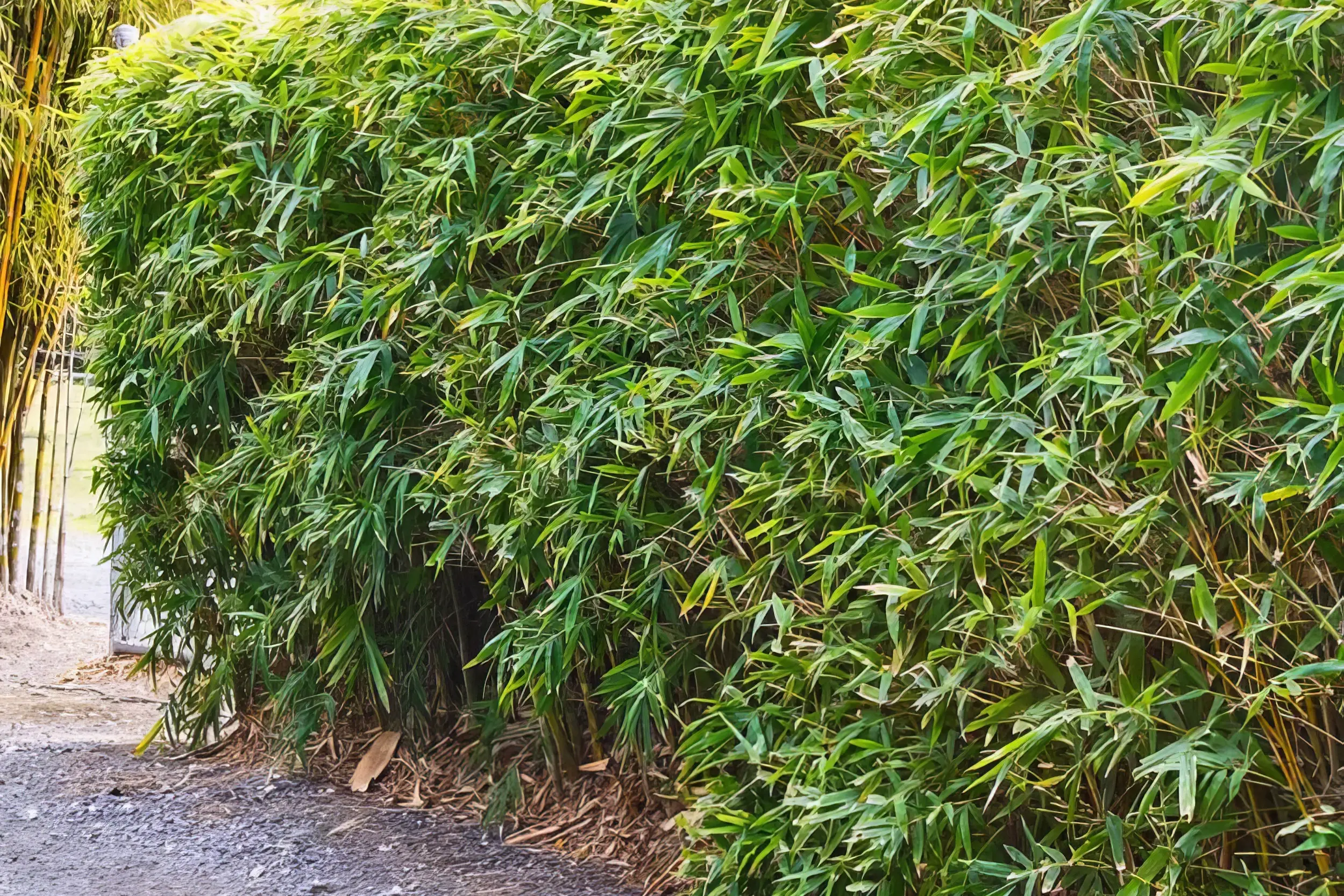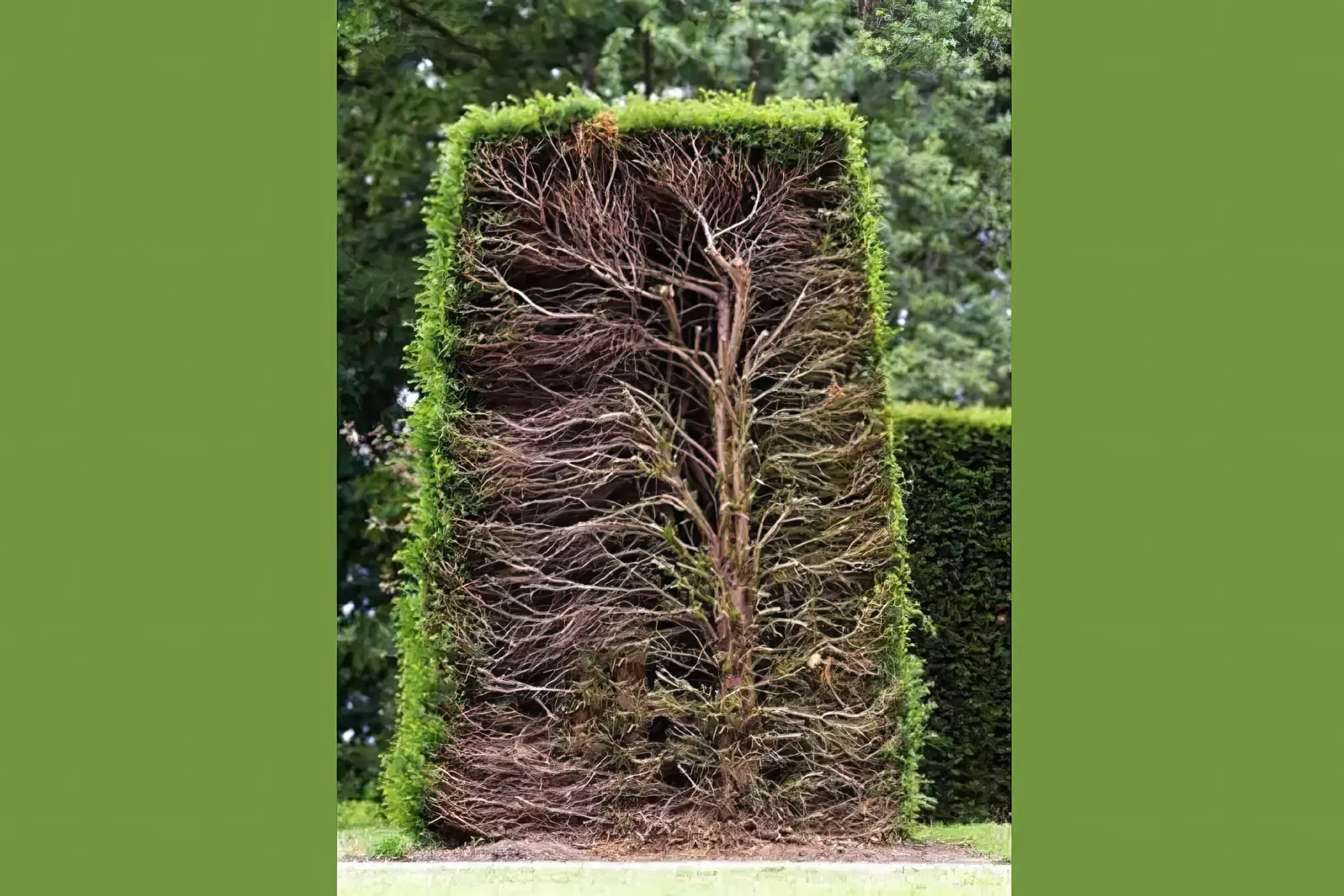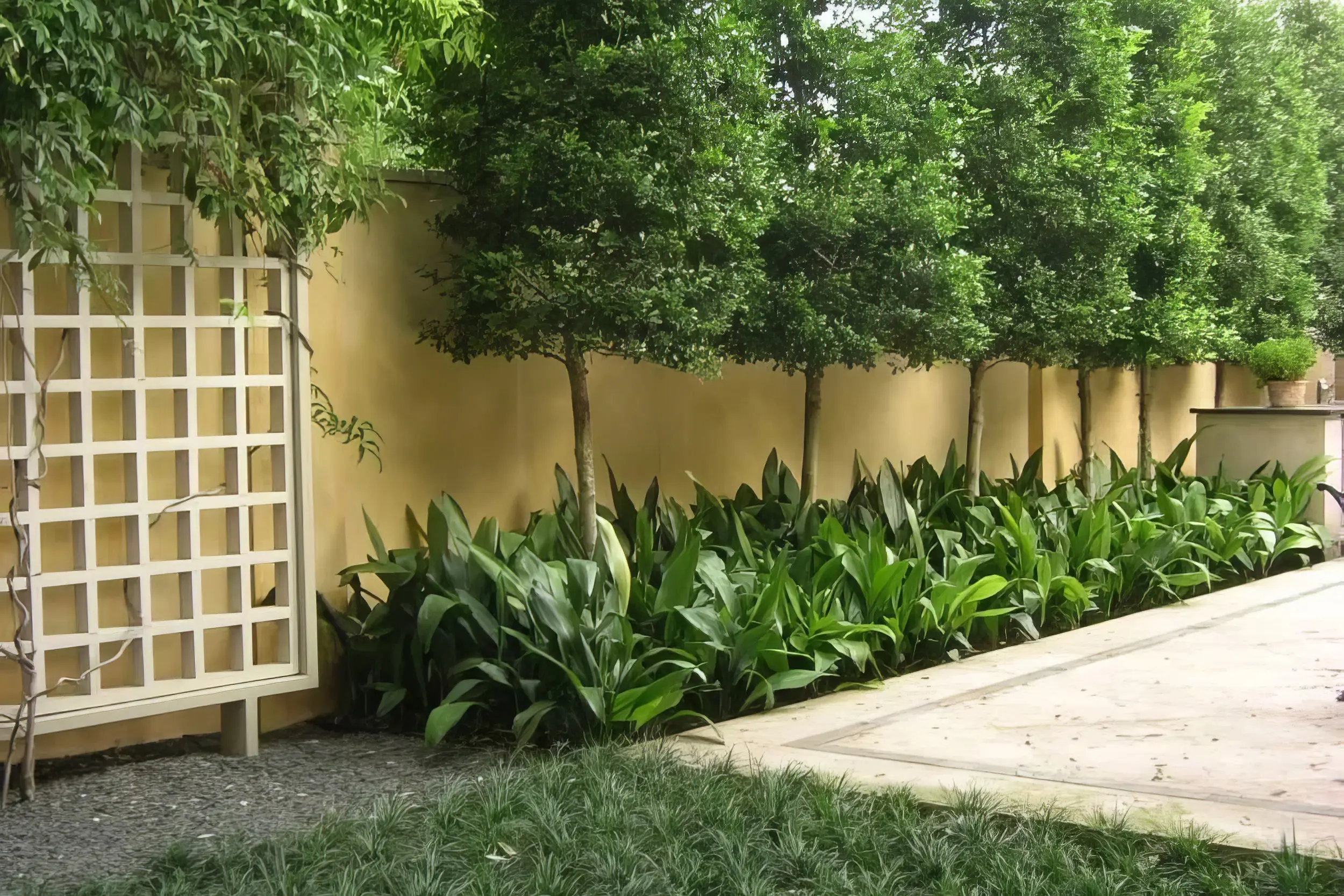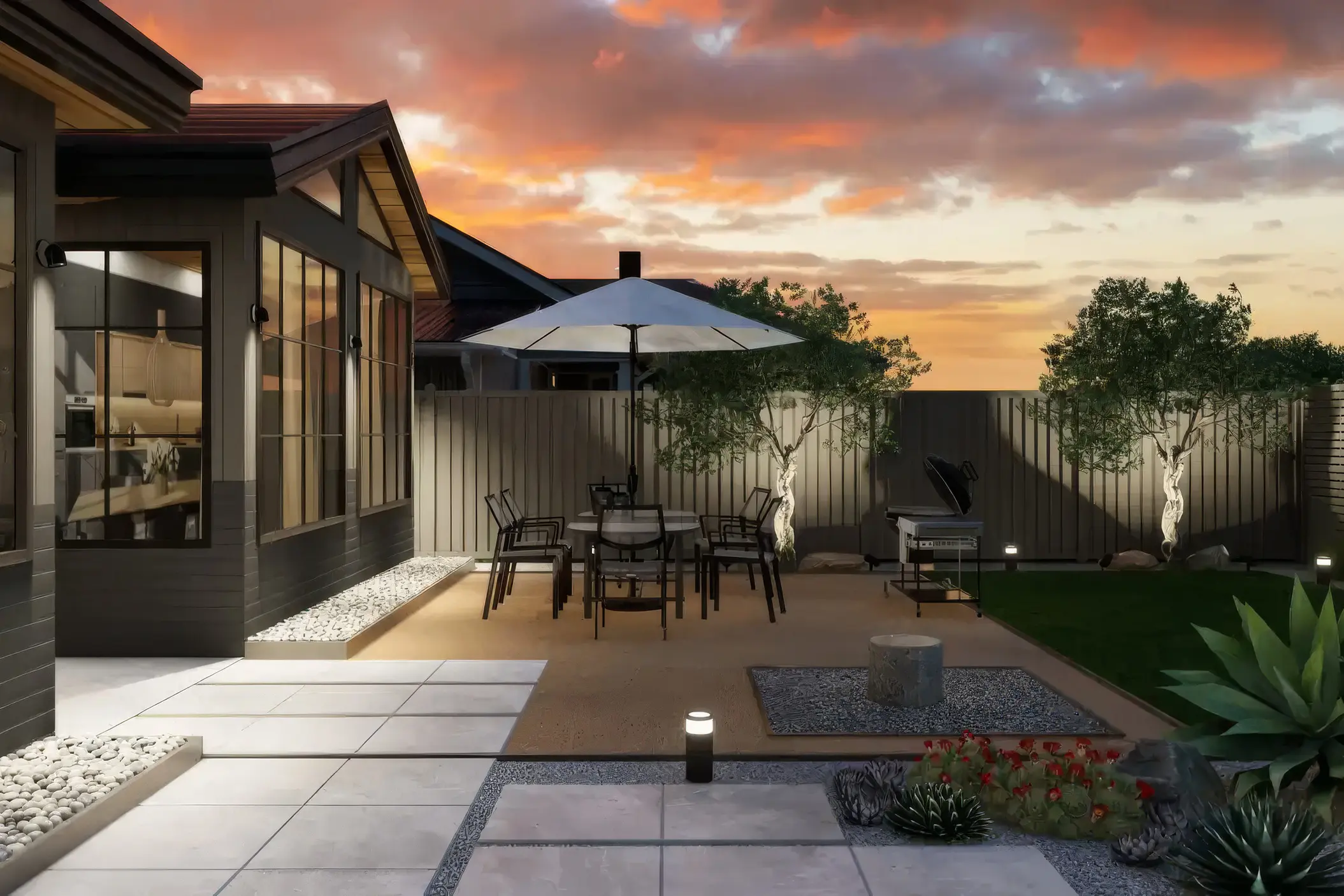IN THE EVENT OF AN EMERGENCY THIS SITE IS NOT MONITORED. FOR CURRENT INFORMATION GO TO HTTPS://EMERGENCY.MARINCOUNTY.ORG.
How to Plan Privacy Screens
As homeowners seek to enhance their privacy and create aesthetically pleasing landscapes, the use of plant privacy screens has become increasingly popular. These screens, composed of densely planted vegetation, serve as natural barriers to shield properties from prying eyes. However, in wildfire-prone regions, these seemingly harmless landscaping choices may pose unforeseen risks.
The Fire Risk
While lush, green plant privacy screens may be visually appealing, the vegetation within them can become fuel for wildfires. Many of the plants commonly used in privacy screens, such as evergreen shrubs like Italian cypress and tall grasses like bamboo, are highly flammable. In the event of a wildfire, these plants can contribute to the rapid spread of flames, putting both property and lives at risk.
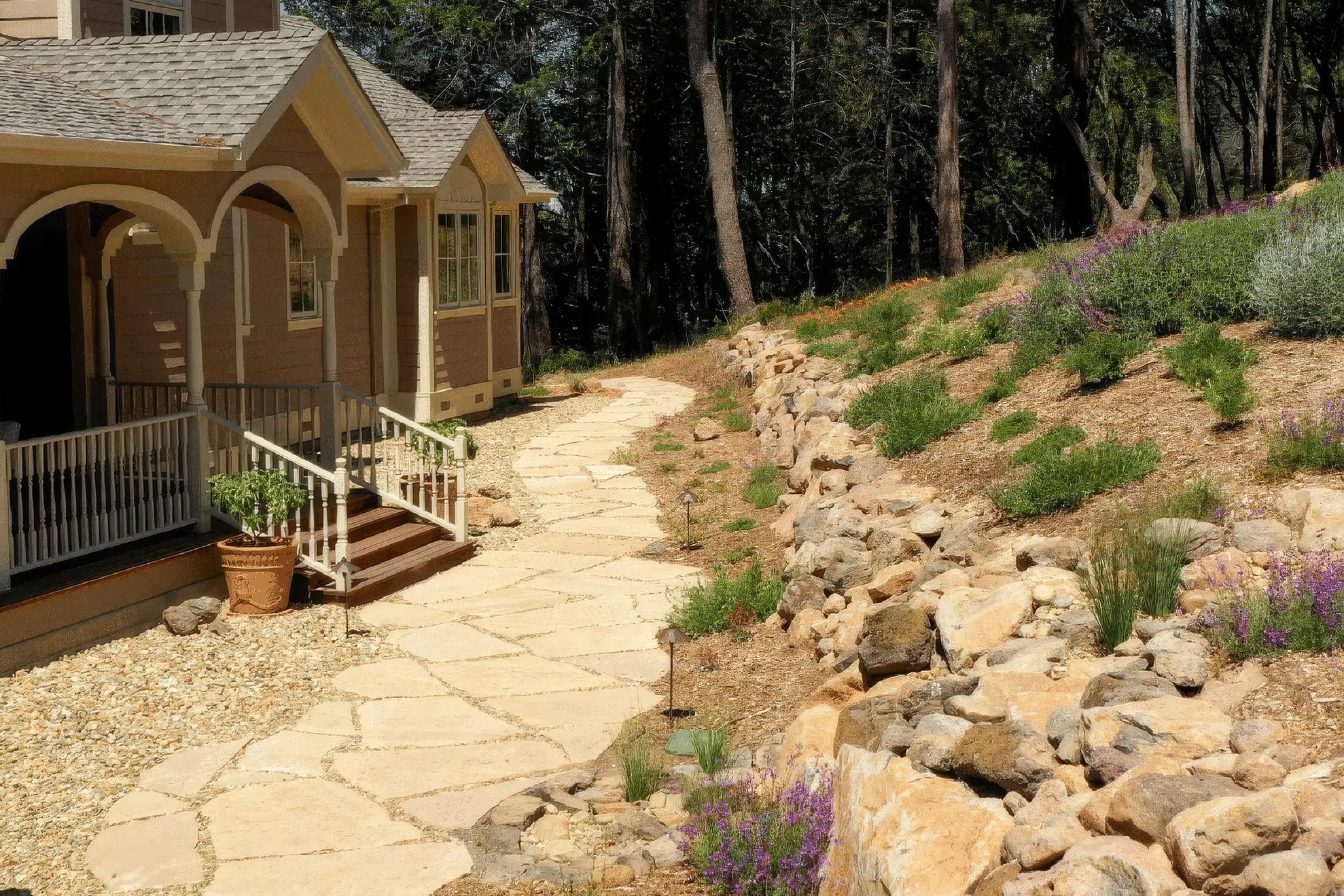
Firebreaks and Defensible Space
In wildfire-prone regions, creating defensible space around a property is crucial for minimizing fire risk. Plant privacy screens can inadvertently hinder the establishment of effective defensible space by providing continuous fuel for fires. Homeowners should carefully consider the spacing and composition of their privacy screens to ensure they do not impede the creation of firebreaks, which act as barriers to slow or stop the advance of wildfires.
Plant Selection and Maintenance
Homeowners can mitigate the risks associated with plant privacy screens by carefully choosing plant species and implementing regular maintenance practices. Opting for plants with high moisture content, low flammability, and a slower rate of growth can help reduce the risk of the vegetation becoming a fire hazard. Additionally, routine pruning and removal of dead or dry plant material can limit the potential for wildfires to spread through the screen.
Alternative Solutions
For homeowners who prioritize privacy but are concerned about the fire risk associated with plant privacy screens, there are alternative solutions to consider. Hardscaping options, such as fences and walls made from fire-resistant materials, can provide effective privacy barriers without introducing combustible elements into the landscape.
While plant privacy screens can offer a sense of seclusion and natural beauty, their use in wildfire-prone areas requires careful consideration of the associated risks. Homeowners must strike a balance between privacy and safety by selecting fire-resistant plant species, maintaining their vegetation, and being mindful of local regulations. By taking these precautions, homeowners can enjoy the benefits of privacy screens without compromising the safety of their property and surrounding communities in the face of wildfire threats.

